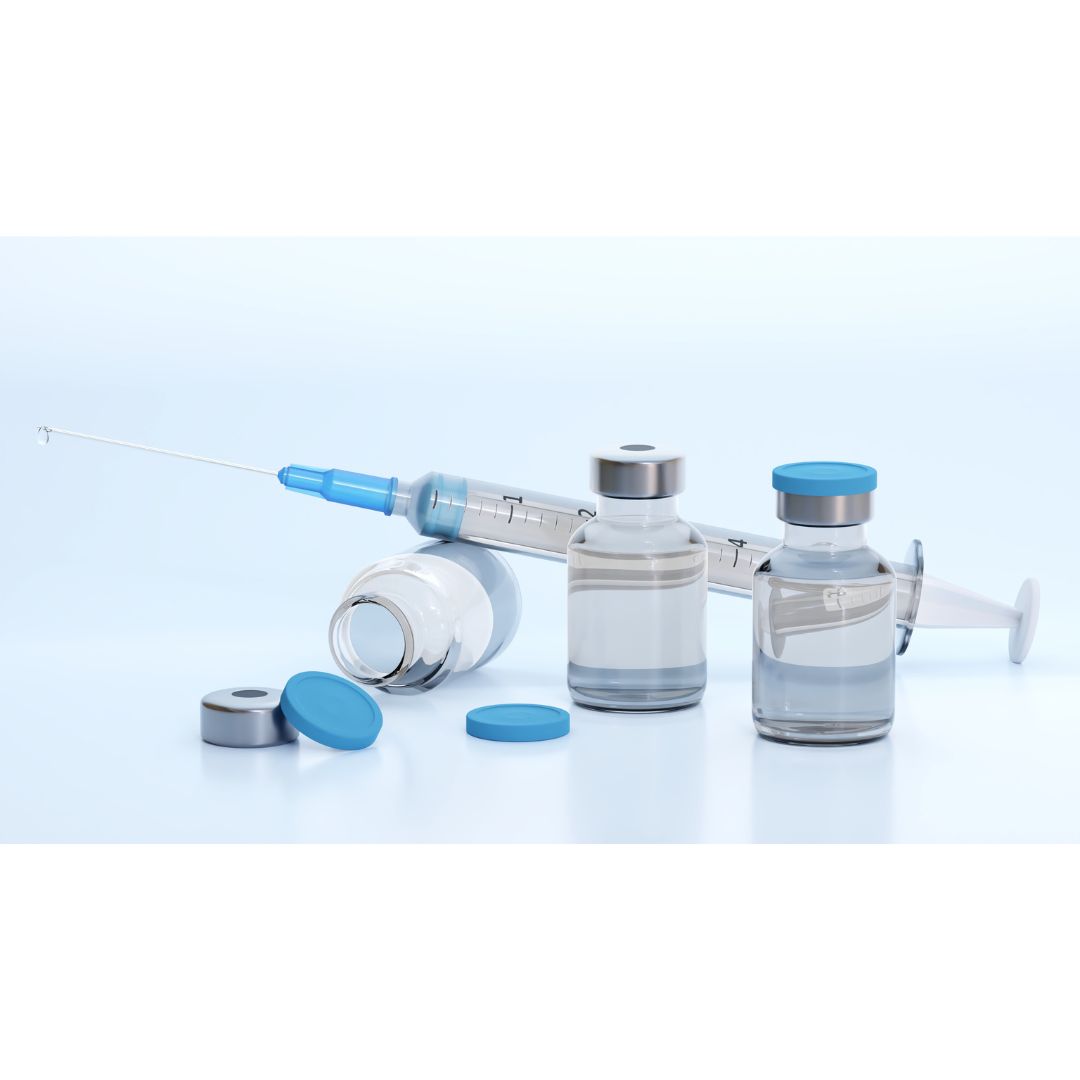
Because of their superior chemical compatibility with aqueous solutions, low protein-binding characteristics, and great performance, PES (polyethersulfone) syringe filters are frequently employed in scientific settings. Despite its dependability, PES syringe filters can occasionally present difficulties for users. Accurate results and efficiency can be maintained by being aware of these issues and how to solve them. We examine typical problems with PES syringe filters and workable solutions below.
1. Clogging of the Filter
Problem:
One of the most frequent problems with PES syringe filters is clogging. It happens when there are too many particles in the sample, obstructing the filter pores. Slower flow rates or total filtration failure result from this.
Fix:
- Before using the PES syringe filter, pre-filter your sample using a filter with a greater pore size (such as 0.45 microns).
- To get rid of bigger particles, centrifuge or sediment the material.
If blockage continues during filtration, use a new siringe filter.
2. Slow Filtration Rates
Problem:
When dealing with large amounts of liquid, a slow filtration rate can be very annoying. This problem is frequently brought on by excessive sample viscosity or incorrect pressure application.
Fix:
- Make sure the siringe filter is appropriate for the sample’s viscosity.
- Press down evenly and steadily on the syringe plunger. Refrain from using too much force since this could harm the filter or affect the outcome.
- For solutions with a high viscosity, use filters with a greater surface area.
3. Filter Burst or Damage
Problem:
When too much pressure is applied over the filter’s maximum pressure rating, the filter explodes. This may cause contamination through leaking or filter failure.
Fix:
- Prior to usage, always verify the manufacturer’s recommended pressure limit.
- Avoid overpressurizing the filter by using a syringe whose capacity is suitable for the volume of the sample.
- Consider using a filter with a higher burst pressure rating if high pressures are inevitable.
4. Chemical Incompatibility
Problem:
PES syringe filters may deteriorate or malfunction when exposed to specific organic solvents or harsh chemicals, despite their good compatibility with aqueous solutions.
Fix:
- Before using PES filters, make sure they are chemically compatible with your sample.
- Choose filters composed of materials that can withstand stronger chemicals, such as nylon or PTFE, for incompatible solvents.
- Always consult the manufacturer’s chemical compatibility chart for the filter.
5. Air Bubbles in the Filter
Problem:
Air bubbles that become stuck in the filter can interfere with filtering and compromise the integrity of the sample. This is especially problematic for applications that need accurate accuracy or sterility.
Fix:
- To displace air, pre-wet the PES syringe filter with a tiny amount of the sample or sterile water.
- To force trapped air through the filter, gently press on the syringe while tilting it slightly.
- For delicate applications, choose a filter with an integrated air-venting feature.
6. Inconsistent Filtration Results
Problem:
Reusing or improperly handling filters can lead to inconsistent results. Cross-contamination and decreased efficiency may result from reusing single-use filters.
Fix:
- To guarantee sterility and uniformity, always use a new filter for every new sample.
- Before using filters, handle them carefully to prevent contamination or damage.
- Until they are needed, keep filters in their original packing in a dry, clean location.
7. Difficulty in Attaching the Filter
Problem:
Filtration may become ineffective or leak if the filter is not attached to the syringe properly.
Fix:
- Verify that the filter and syringe connections (such as luer-lock or luer-slip) are compatible.
- To ensure a tight fit without going overboard, gently twist the filter onto the syringe.
- Examine the filter housing for damage or cracks if the leaks continue.
Tips for Optimal Use of PES Syringe Filters
- For your particular application, always choose the appropriate membrane material and pore size.
- By splitting huge sample volumes into smaller sections, you can prevent the filter from becoming overloaded.
- To preserve sterility and effectiveness, dispose of filters properly after a single usage.
- To reduce mistakes, teach lab staff the correct filtration methods.
Conclusion
When used properly, PES syringe filters are dependable instruments that provide excellent filtering. Even though problems like clogging, sluggish flow rates, and chemical incompatibility can occur, they can be handled with the correct procedures and fixes. You may improve the effectiveness and dependability of your filtering procedures by being aware of typical problems and putting these solutions into practice.
Select premium PES syringe filters from reputable companies like Simsii to guarantee reliable performance and comfort while working in the lab. In addition to extending the life of your filters, proper maintenance and use will guarantee that your results are consistently accurate.





Leave a Reply